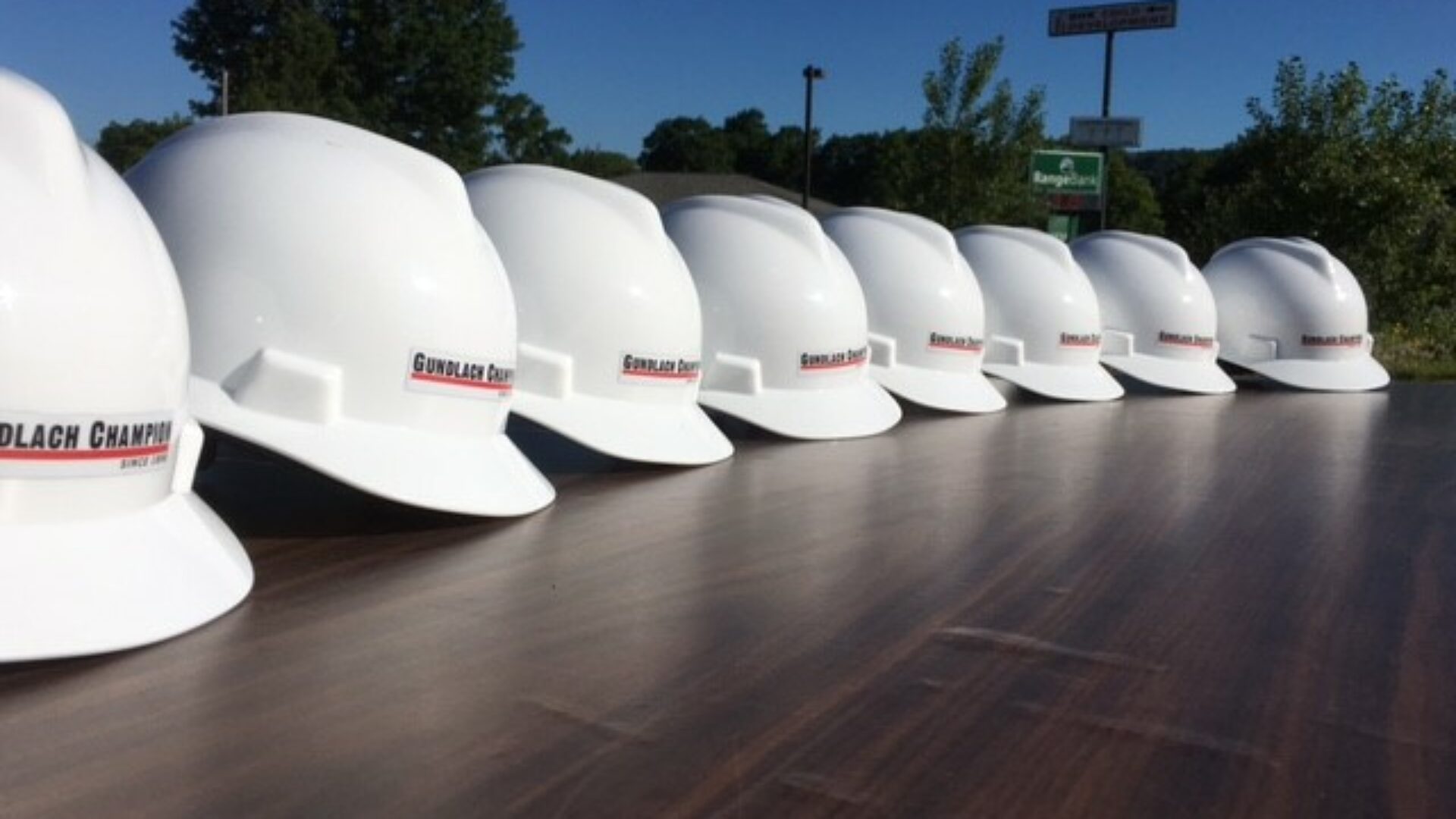Working in the Upper Peninsula of Michigan, Gundlach Champion needs to be a specialist in building during harsh winter weather. Beyond meeting the project’s requirements, safety is a major factor in the process. Even without specific OSHA standards regarding cold weather construction, employers are responsible for the safety of their crews and visitors to the site and maintaining an environment that minimizes winter-related hazards. The following are several safety concerns a professional contractor needs to address to conduct a safe winter build.
Weather
A project manager must be aware of the weather forecast and postpone or adjust work schedules if severe weather conditions are too hazardous for crews. The site and equipment might also need additional protection from harsh winter weather, such as heavy snow and freezing rain. Equipment must be properly maintained and warmed up in frigid temperatures before operation.
Worksite
To prevent accidents and injuries, it’s crucial to keep walkways, work areas, and access points clear of ice and snow. This proactive approach not only prevents accidents but also instills a safety-conscious culture on the site. Pay extra attention to elevated surfaces or scaffolding, which can be very dangerous if ice accumulates because of the height factor. Additionally, regular application of deicing agents and slip-resistant footwear for workers are excellent preventative safety measures.
Due to the shorter periods of daylight in winter, it’s imperative that the construction site is well-lit. This not only ensures visibility but also enhances safety. It’s also wise to maintain an emergency kit on site with emergency contact information and first aid supplies specifically for injuries caused by the cold.
Workers
Training your crew in winter construction safety is not just important, it’s essential. Workers need to be familiar with the signs of hypothermia or frostbite and the procedures to follow if these conditions occur. Keep in mind that the hands, ears, and face are especially vulnerable to frostbite, and wet clothing can significantly increase the risk from the cold. Preventing these conditions includes wearing layers of loose-fitting, warm clothing, waterproof outerwear, insulated, slip-resistant boots, gloves, hats, and face coverings. Other winter construction safety practices include designing a heated area for workers to warm up and ensuring crews stay hydrated.

